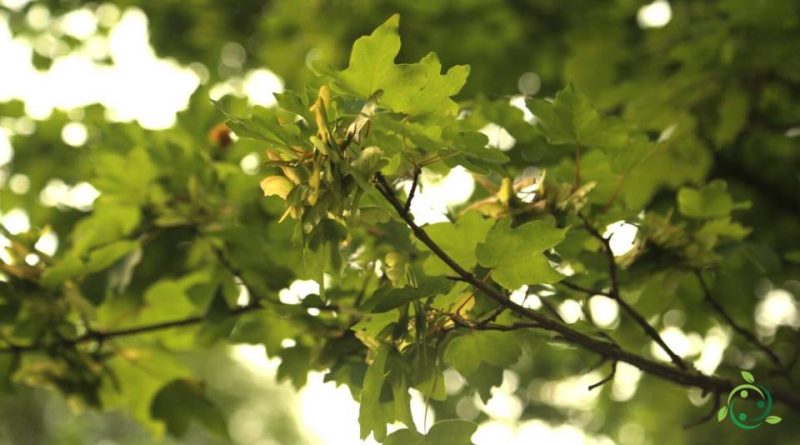Reproduction of the Field Maple
Reproduction of the Field Maple
The field maple (Acer campestre L.) is a tree of the Sapindaceae family widespread in Europe and Asia.
Suitable breeding habitat –
Acer campestre is a plant native to Europe where it is present in most of its territories: from Denmark, Poland and Belarus, England from north to south of Scotland (where it is the only native maple), south-western Asia, from Turkey to the Caucasus and North Africa in the Atlas Mountains.
It has been introduced in other areas such as North America or Australia.
In Italy it is present in all regions.
Its habitat is that of the plains and mesophilous broad-leaved woods, together with deciduous oaks, up to 1000 m.
Propagation –
The field maple is a plant whose ideal habitat is the mesophilic forest.
It is a slow-growing rustic species, it prefers both loose and compact fertile soils, fresh and not asphyxiated. It also bears superficial calcareous and clayey soils. Used for ornamental purposes as a hedge essence and as an adjuvant in biological control models. In the past it was used as a live stake in the vineyards of the Po plantation and in mixed hedges.
It tolerates strong temperature changes well, prefers sunny environments and tolerates even half-shade exposures.
Propagation occurs by seed with sowing when this has just matured in a cold environment; it usually germinates the following spring.
It is advisable to soak the stored seed for 24 hours and then stratify for 2 – 4 months at 1 – 8 ° C. It can be slow to germinate. The seed can be harvested ‘green’ (when fully developed but before it has dried out and produced any germination inhibitors) and sown immediately. Under these conditions it should germinate in late winter. If the seed is harvested too early, it will produce very weak or even non-germinating plants.
The transplant must be carried out in the spring following the first year.
You can also prepare cuttings of young shoots in early summer. The cuttings should have 2 – 3 pairs of leaves, plus a couple of buds at the base. It is recommended to remove a very thin slice of bark at the base of the cut, rooting improves if a rooting hormone is used.
Ecology –
Field maple is an intermediate species in the ecological succession of disturbed areas; generally it is not among the first trees to colonize a barely disturbed area, but instead re-sows under the existing vegetation. It is very shade tolerant during the early stages of its life, but has a higher light requirement during the following years.
It initially shows rapid growth, but is eventually overtaken and replaced by other trees as the forest matures. It is most commonly found on neutral to alkaline soils, but more rarely on acidic soils.
Although the lumber is of good quality for cabinet making, turning and carving, the tree only rarely reaches a feasible size for such use. It is mainly used for firewood and cellulose wood, thanks to its ability to yield very quickly. It is also commonly planted as an ornamental in gardens and parks due to its beautiful colors in the fall. The sap can be used for maple syrup and the flowers are useful for honey production. Furthermore, its root system also makes it useful for mitigating soil erosion.

